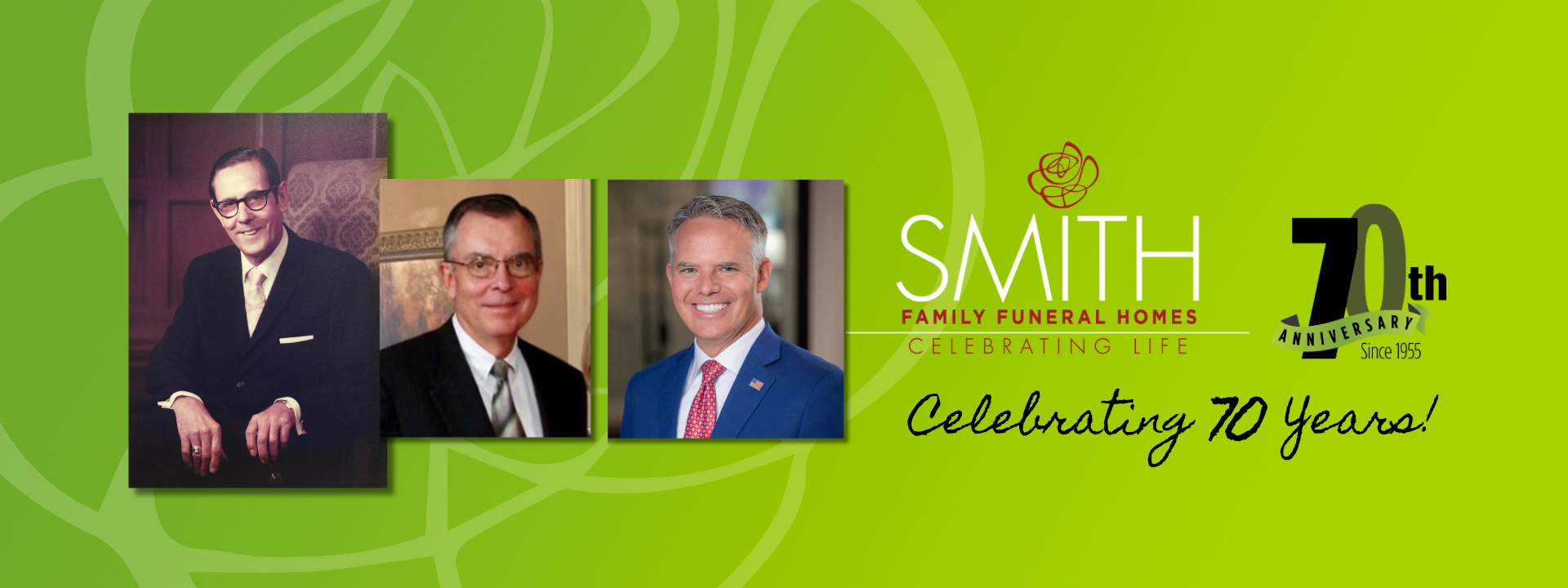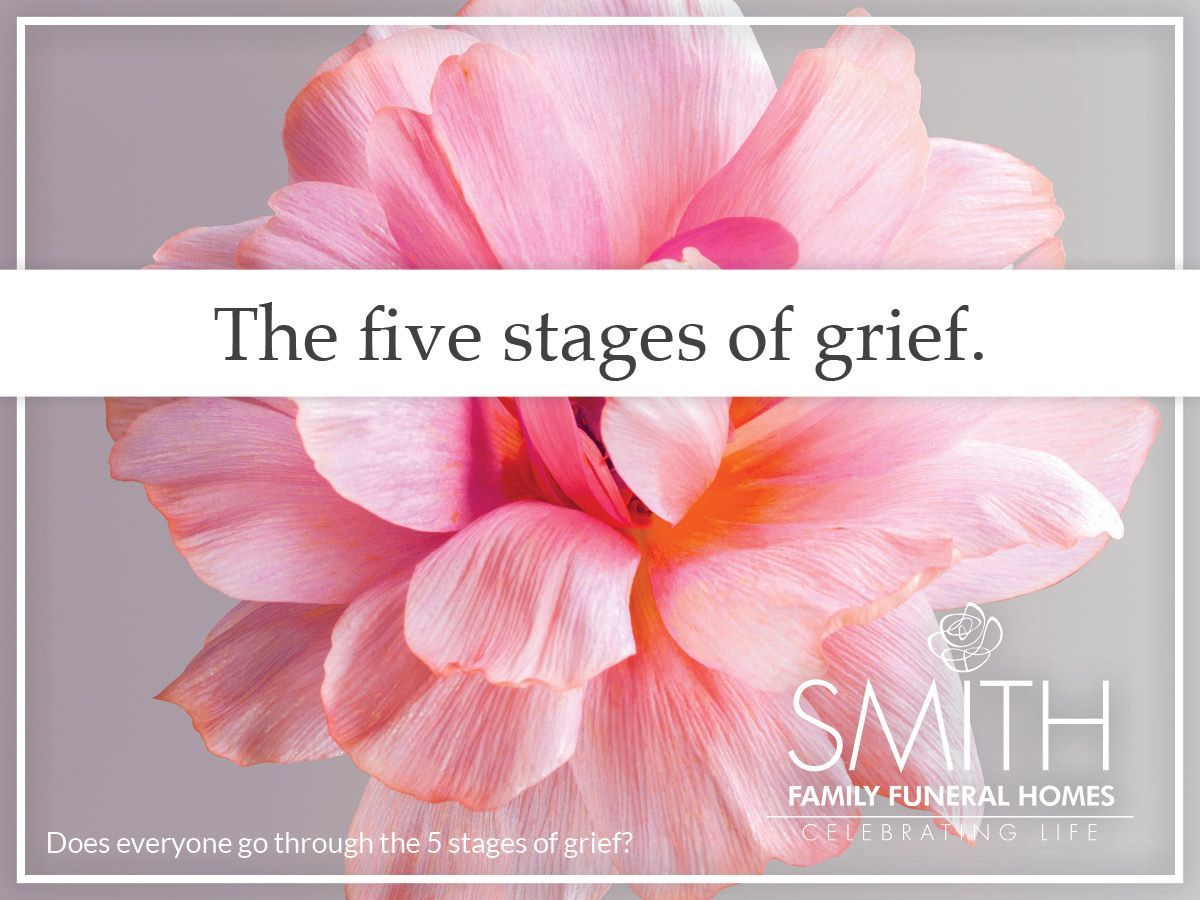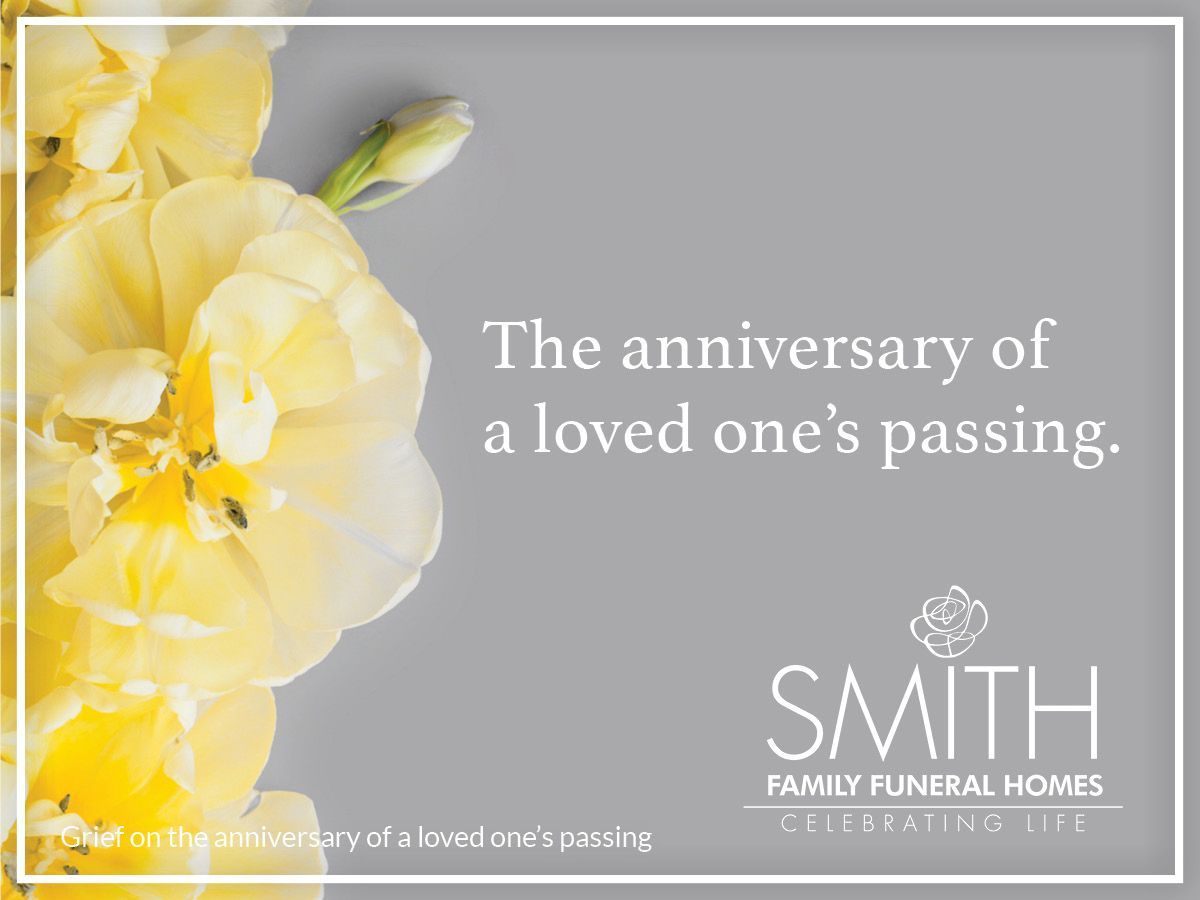
What is an Ossuary?

Ossuaries are making a comeback as an alternative final resting place for cremated remains.
In ancient times as far back as c. 40 B.C.E. Ossuaries were popular among the Jewish population. An ossuary is a chest, box, building, well, cave or site made to serve as the final resting place of human skeletal remains. Historically ossuaries have been used in areas where burial space was scarce or in situations where large numbers of people died in a short time such as a plague or battle. The deceased would first be buried in a temporary gravesite and then after some years the skeletal remains would be removed and placed in an ossuary. An ossuary is a communal space where the bones of many people are entombed together often arranged in elaborate patterns. They were always sites of reverence and respect.
There are many historic ossuaries around the world that can be visited today. One of the most recent to be constructed is the Phnom Penh Memorial Stupa in Cambodia. Between 1975 and 1979 the Khmer Rouge killed 1.7 million people. Many of those people were buried in unceremonious mass graves. The Phnom Penh memorial stupa holds the remains of an estimated 10,000 people who were removed from the mass graves and moved to the memorial to provide a dignified final resting place.
Today’s ossuaries are very different in that they do not require exhumation and reburial of bones. Ossuaries today consist of an above ground tomb/marker and an underground vault. Cremated remains, usually contained in a soft material bag inscribed with the name, birth date, and death date of the deceased are dropped into the vault where they rest in community with others. These ossuaries are similar to the ancient in that more than one individual is entombed. They are communal and they hold bone albeit bone fragments produced as the result of the cremation process.
Ossuaries are found in a growing number of cemeteries. They provide a dignified final resting place for those who prefer to be cremated but are not comfortable with the impermanence of scattering. The ossuary space has a low environmental impact, costs less than burial, and gives the family the added benefit of knowing the one they loved rests in a place that will remain intact. Ossuaries provide a dignified final resting place for those who prefer cremation.
Smith Family Funeral Homes provides quality funeral, memorial and cremation services to the families of Central Arkansas. Their six locations can be found in Little Rock, North Little Rock, Westbrook, Sherwood, Benton and Arkadelphia. With a privately-owned crematory operated by licensed professionals, Smith Family Funeral Homes can guarantee their high standard of care throughout the cremation process. To learn more, visit smithfamilycares.com.













